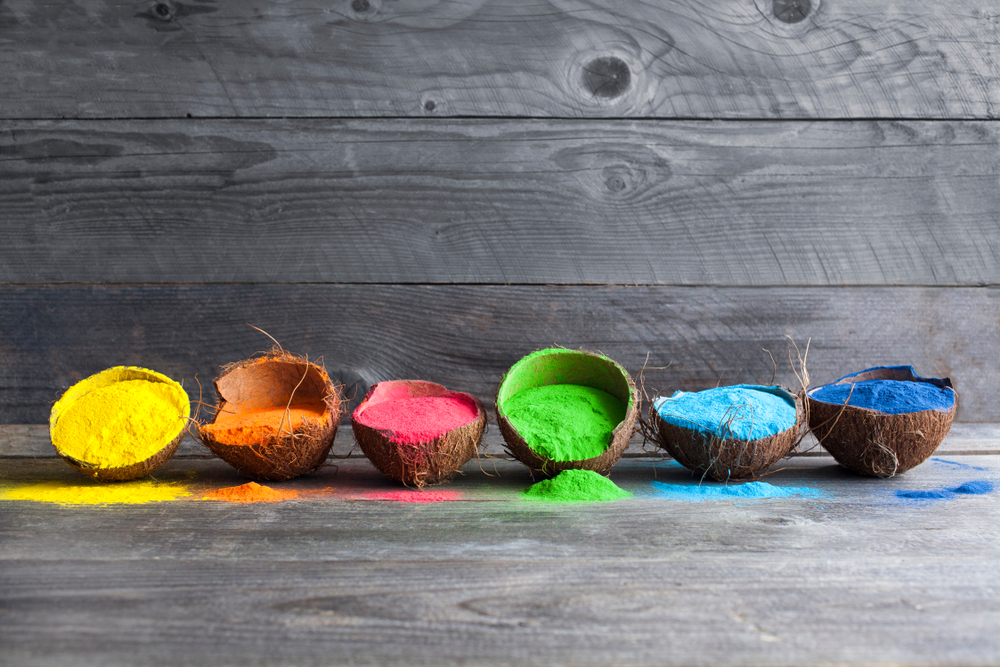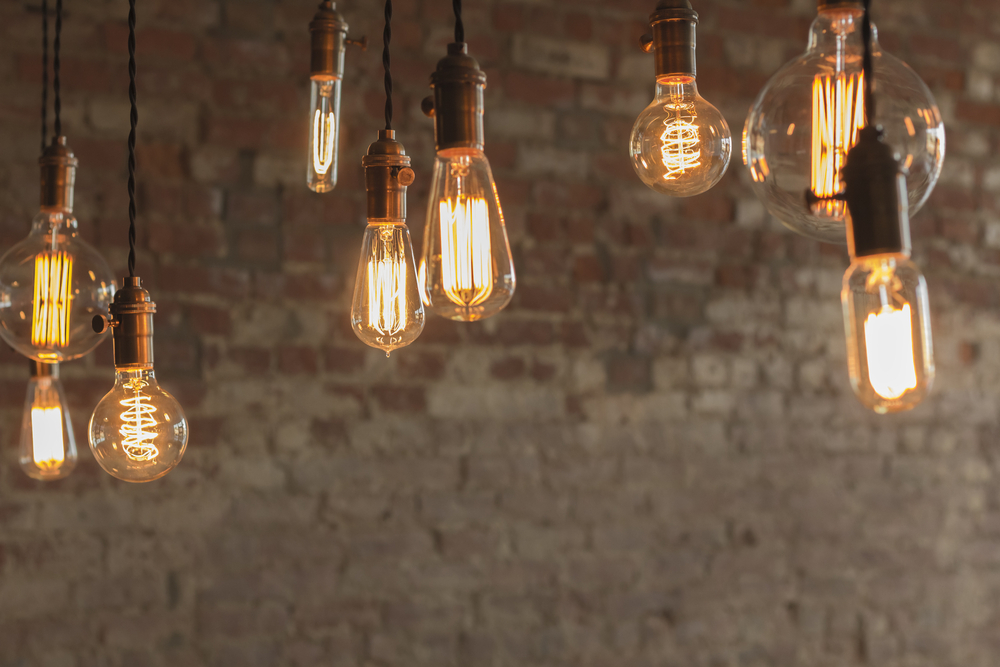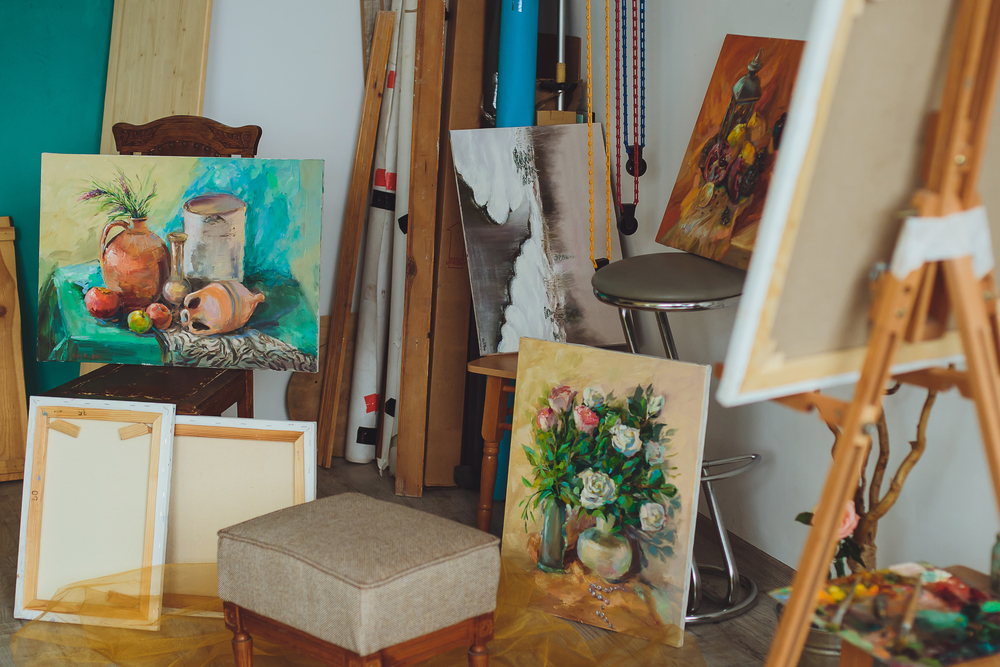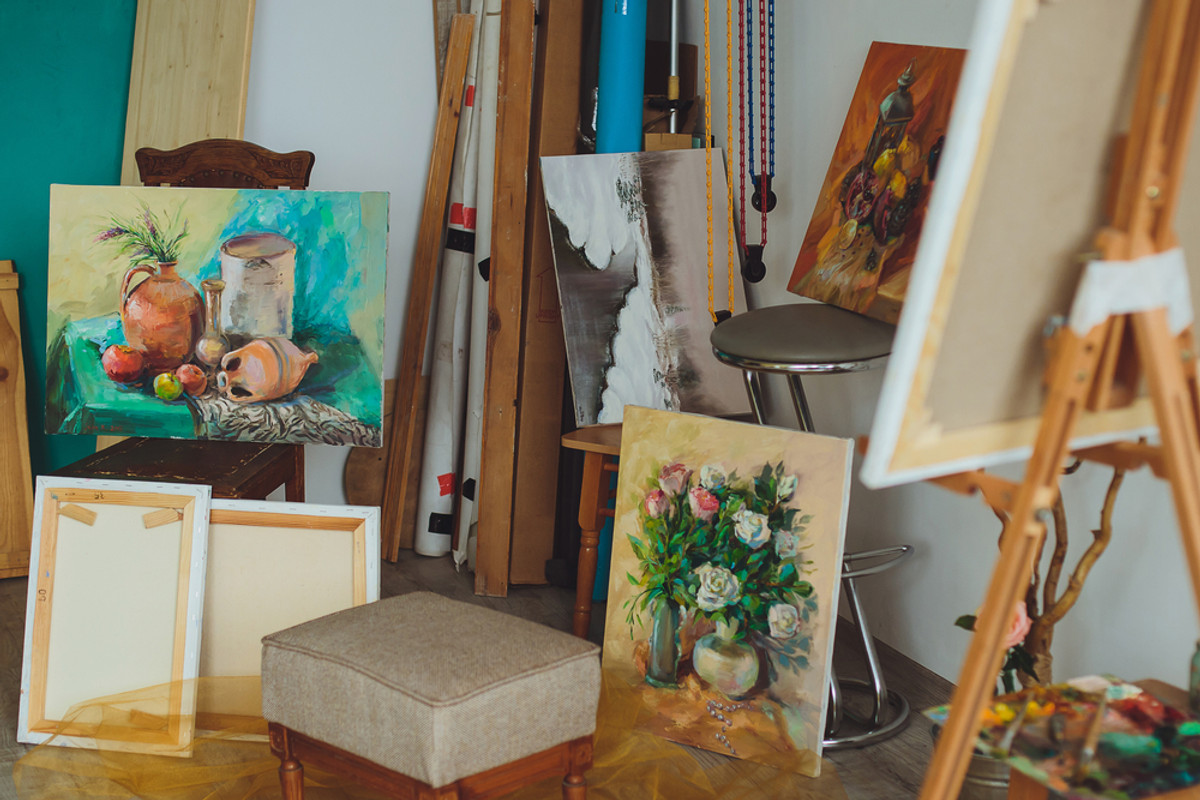Interior Design Features
14th Oct 2021
We recently wrote about the importance of having a home that nurtures you and your way of life, exploring all the associated psychological and physiological benefits. Today we’re going to dig a little deeper into the practical side of things and take a look at the design features that create happiness-inducing spaces in your home.
Colour
The effects of colour on our moods are well documented, with everyone from marketers to government departments using these effects to their benefit. It’s why so many fast food chains feature red in their advertising and a lot of prisons house the more aggressive inmates in pink rooms.
There’s a positive attribute to almost every colour on the wheel, from the energising powers of red to the refreshing qualities of green, so choosing a tone you love is the fastest route to creating a space that makes you happy. Just remember not to go overboard, focusing on thoughtful layering rather than an all-out, same-colour-everywhere approach.
If you’re a stickler for the science side of things, orange and yellow are the colours most commonly associated with positivity and joy, although overusing both can result in overwhelm and irritability. As such, use them as features in an otherwise neutral room or test them with changeable pieces, like our Amalfitana range in the beautiful sage green.

Texture
We humans are tactile creatures, meaning we have an innate attraction to anything with an interesting texture. Soft linens, thick wools, and plush velvets (on that note, have a look at our gorgeous new Velluto Quilt Covers) feel great against our skin and - according to some research - can even comfort us in tough times.
Beyond pleasure and comfort, texture also displays character; an important factor in developing a sense of place.
Accent walls, knotted wooden furniture, tactile rugs, touch-me cushions, and buttery soft sheets are all excellent ways to add texture, character and happiness into your home.
Light
Natural light is a key ingredient in happy homes. Without it, we’re prone to lower mood, reduced productivity and a range of physiological nasties like fatigue and poor immune functioning.
If you don’t have big windows and a great aspect at home, you can increase natural light with clever styling. Paint walls white or a light neutral colour so they bounce light around, place mirrors opposite windows so they reflect sunlight throughout the room, or replace heavy window treatments with semi-sheer curtains in a flowy fabric. You can also switch out your current light bulbs for those labelled ‘daylight’ or ‘bright light’, which produce 5000-6500 kelvin - similar to sunlight.

Greenery
Our bodies love plants. We breathe easier, concentrate better, and experience improved mental health when we’re around them.
The fact we're spending less time outdoors and more time in built up environments (like city offices and apartment buildings) makes introducing plant life into our homes even more important.
If you have a brown thumb and easy care is your number one priority, opt for a succulent. If you’re a little more attentive with your greenery, philodendrons, zebra plants and orchids add bright bursts of colour to any room.

Artwork
The simple act of observing art has been shown to reduce cortisol (aka the stress hormone) levels in our brains. Maybe this physiological change is what Anni Albers - the famous German textile artist - was talking about when she said "Art is something that makes you breathe with a different kind of happiness."
When buying art for your home, you should always choose the piece that resonates most with you. You can match pieces to a room based on colour, form, or mood, so don’t restrict yourself too early on in the process.

If you call on all the design features listed above, your home will become a place of happiness for you and your guests, enriching your lives with a range of wonderful benefits.

 Bedroom Clearance
Bedroom Clearance







 Australian Dollar
Australian Dollar
 New Zealand Dollars
New Zealand Dollars
 US Dollars
US Dollars

